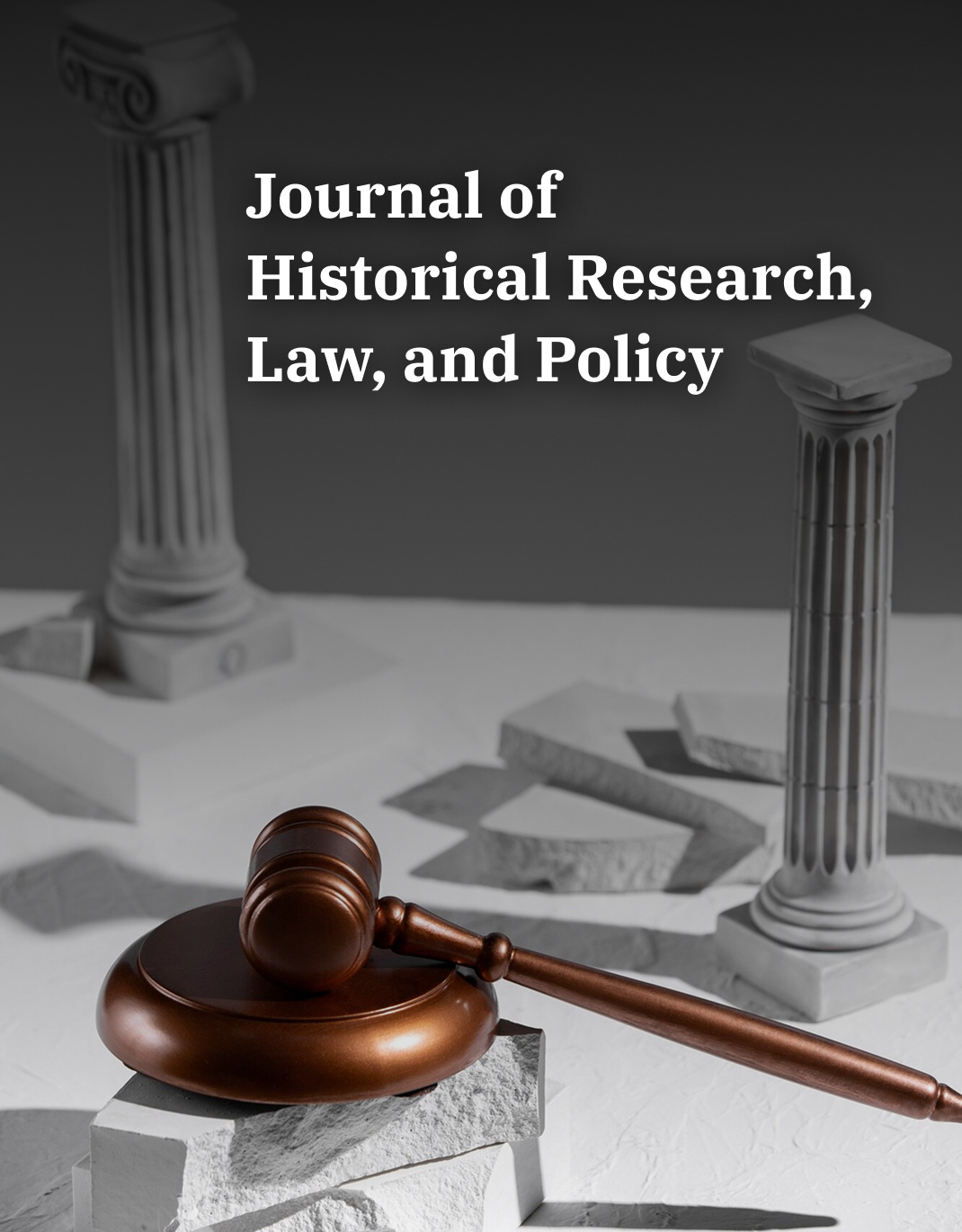Analysis of the Effect of Organizational Structure Components on Drug Use Deterrence in Prisons: A Case Study of Isfahan County
Keywords:
structure, prison, crimes, narcotic drugs, Isfahan CountyAbstract
Narcotic drugs constitute one of the most critical and pervasive social problems in all civil societies and prison systems, prompting policymakers and authorities to seek effective solutions for this significant issue. Addressing the problem requires reducing drug use both in society at large and, more specifically, within prisons—an objective that can only be achieved through an appropriate and well-designed organizational structure for correctional institutions. Therefore, the first step in controlling drug use in prisons is to examine and reform the structural framework of prison organizations. The purpose of the present study is to investigate the causes and factors contributing to drug use within prisons in Isfahan Province and to analyze their relationship with the organizational structure of the prison system. The research method employed is a survey-based quantitative approach. The statistical population includes all employees working in drug-related prisons across Isfahan Province. Data were collected through a researcher-constructed questionnaire, the reliability of which was confirmed using Cronbach’s alpha coefficient to assess internal consistency. Descriptive findings from the study indicate that the rate of drug use in Isfahan prisons is significantly high. Based on the results of the structural model testing, the obtained t-value for examining the effect of organizational structure on drug use deterrence was 37.72, which exceeds the critical value of 1.96 at the 0.95 confidence level, indicating a strong positive effect (β = 0.81) of organizational structure on drug deterrence. Moreover, the t-value for the effect of organizational complexity on drug use deterrence was 22.29, also exceeding 1.96, demonstrating a positive influence (β = 0.71) of organizational complexity on deterrence. Similarly, the t-value for the impact of organizational formalization on drug deterrence was 23.56, exceeding the 1.96 threshold, showing a significant effect (β = 0.71). Finally, the t-value for the effect of organizational centralization on drug deterrence was 27.87, again exceeding 1.96, confirming a positive and significant relationship (β = 0.74) between organizational centralization and drug use deterrence.
Downloads
References
1. Rashidi S. The Problem of Addiction in Iranian Law. Social Sciences Studies. 2022;8(4):266-71.
2. Arefi M, Rabiei Z. Evaluating the Effect of Gender as an Extralegal Variable on Criminal Verdicts in the Field of Narcotic Drugs in Kashan City. Legal Justice (Hoghuq-e Dadgostari). 2023(124):385-411.
3. Ghasemi M, Shadmanfar MR. Evaluation of Different Data Mining Methods in Predicting Narcotic Drug Crimes. Comparative Jurisprudence Research. 2024;6(4):183-99. doi: 10.61838/csjlp.6.4.12.
4. Kazempour S, Farajiha M, Habibzadeh MJ. Penological Analysis of Class Discrimination in Determining and Executing the Death Penalty for Narcotic Drug Crimes; A Comparative Study. Comparative Law Studies. 2023;14(2):966-1000.
5. Mohammadi Fard H. The Impact of Criminalizing Narcotic Drugs on Divorce. Legal Studies. 2021(23):87-102.
6. Najafi Abrandabadi AH, Hashem Beigi H. Encyclopedia of Criminology2018.
7. Nourbaha R. Foundations of General Criminal Law2011.
8. Morris N, Rothman DJ. The History of the Prison (The Oxford History of the Prison)2011.
9. Rousseau JJ. The Social Contract2001.
10. Jarr K. Larousse Dictionary (Fahras Larus)1996.
11. Jafari Langroudi MJ. Legal Terminology2004.
Downloads
Published
Submitted
Revised
Accepted
Issue
Section
License
Copyright (c) 2025 Amin Amirian Farsani; Saeed Vakili (Author)

This work is licensed under a Creative Commons Attribution-NonCommercial 4.0 International License.
